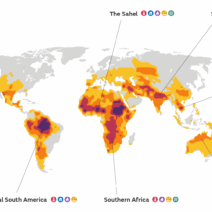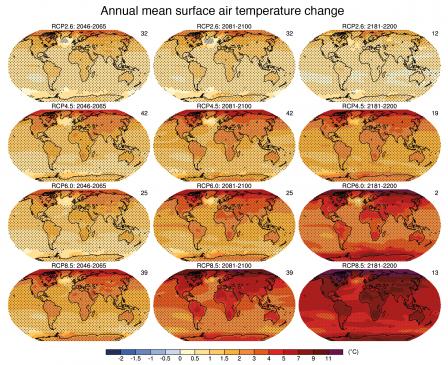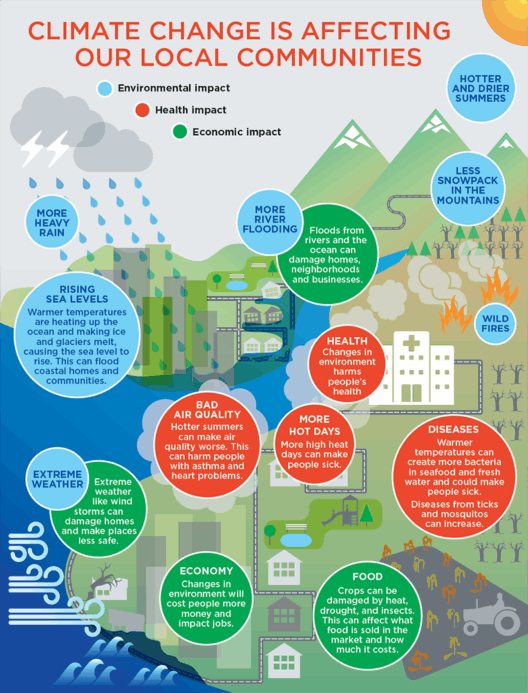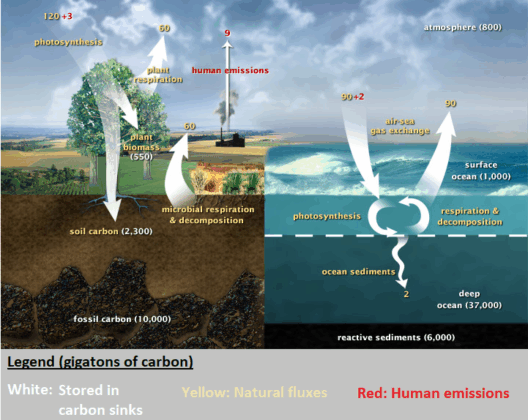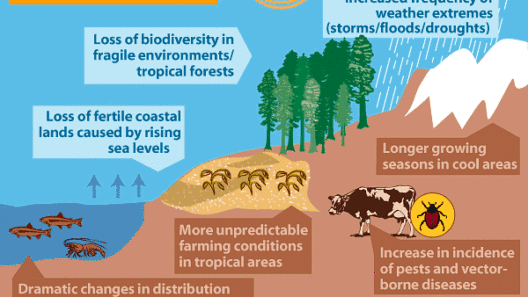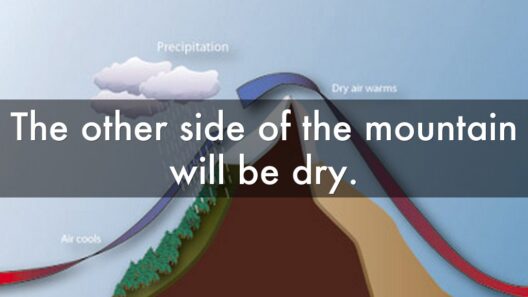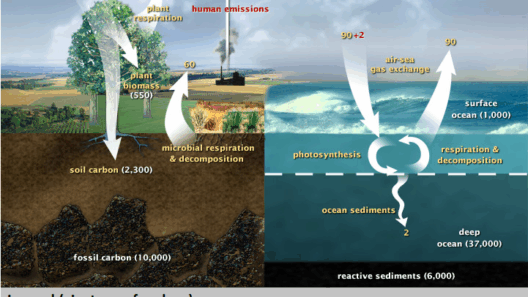Volcanoes are not merely awe-inspiring geological formations; they wield the power to engender profound alterations in the Earth’s climate. Eruptions initiate a cascade of atmospheric changes, with repercussions felt globally. This intricate relationship between volcanic activity and climate dynamics is a testament to the Earth’s complex systems, inviting deeper exploration into how these natural phenomena can usher in both cooling periods and, paradoxically, long-term climatic shifts.
The first context to consider is the mechanism through which volcanic eruptions impact climate. When a volcano erupts, it releases a plethora of materials, including ash, sulfur dioxide (SO2), and water vapor, into the atmosphere. Among these, sulfur dioxide is particularly significant. Once injected into the stratosphere, SO2 reacts with water vapor to form sulfuric acid droplets. These particulates then function as excellent reflectors of solar radiation.
The immediate consequence of this reflection is a reduction in the amount of sunlight that reaches the Earth’s surface, leading to a phenomenon known as global dimming. The temperature drops as a result, which can be measured in several regions across the globe. Historical records indicate that significant eruptions, such as the 1991 eruption of Mount Pinatubo in the Philippines, led to a global temperature decrease of approximately 0.5°C over the following two years. Such rapid climatic shifts showcase how potent volcanic eruptions can be in altering weather patterns.
However, the effects of volcanic eruptions on climate extend beyond mere temperature fluctuations. The particulates from eruptions can influence precipitation patterns as well. The presence of airborne ash and sulfuric acid droplets in the atmosphere can enhance cloud formation, leading to altered rain patterns. Some regions may experience excessive rainfall, while others could witness extended droughts. This variability often presents challenges for agriculture, impacting food production and water resources.
Moreover, the implications of volcanic eruptions stretch into the realm of human health. The aerosols produced can affect air quality, aggravating respiratory illnesses in vulnerable populations. Furthermore, the long-term deposition of various volcanic materials can alter soil composition, thereby affecting the health of local ecosystems. This interplay between volcanic activity and environmental health underscores the cascading consequences of natural events on human systems.
While eruptions pose notable immediate threats, it is essential to recognize that the climatic impacts may linger for years, if not decades. Research suggests volcanic events can trigger multi-year cooling phases known as volcanic winters. These cooling events disrupt established climatic norms, leaving the environment in a state of flux. The late 13th century, following the eruption of Mount Katmai in Alaska, exemplifies this dynamic; historical climate records indicate colder-than-average temperatures lasting nearly a decade as a direct result of the volcanic activity.
Interestingly, volcanic eruptions are not isolated events in the timeline of Earth’s climatic history. They partake in recurrent phenomena known as the volcanic cycle, which contributes to longer-term climatic variations. This cycle includes formative eruptions that have historical significance, such as the eruption of Mount Tambora in 1815, which is often cited as the impetus for the “Year Without a Summer.” The climatic aftermath sparked widespread food shortages across the Northern Hemisphere, illustrating how far-reaching and profound the effects of a single eruption can be.
A shift in perspective is warranted when considering the role of volcanoes in the broader context of climate change. While anthropogenic greenhouse gas emissions are the predominant driver of contemporary climate distortion, volcanic activity serves as a natural counterpoint. This duality encourages contemplation of how natural systems interact with human-induced changes. In contrast to carbon emissions, the effects of volcanoes, while initially cooling, do not produce the same lasting greenhouse effects. Instead, once the aerosols settle, the planet generally returns to its previous state—signifying a temporary rather than a permanent alteration.
Conversely, the geologic time scale reveals that major volcanic eruptions can reshape entire ecosystems, igniting species evolution and adaptation in the aftermath of climate alterations. The emergence of new terrestrial configurations through volcanic activity adds complexity, establishing niches that foster biodiversity. It beckons curiosity about how life on Earth has continually adapted to such disruptive events.
Today, understanding the direct and indirect pathways through which volcanoes influence climate is crucial, particularly as we grapple with the looming threat of climate change. Scientific advancements have enabled researchers to better model volcanic impacts, thereby enhancing predictive capabilities regarding future climatic variations. By integrating geological, atmospheric, and ecological studies, climatologists can gain a holistic understanding of how humankind’s actions intertwine with natural phenomena.
This dynamic relationship also highlights the need for resilience in the face of inevitable volcanic activity. Communities situated near active volcanoes must remain vigilant, employing adaptive strategies to mitigate the impact of eruptions on agriculture, health, and infrastructure. Education and preparedness can significantly alleviate the disruptive consequences of such natural events, reinforcing societal resilience.
In conclusion, the intricate interplay between volcanoes and climate underscores a critical dialogue about the natural world’s influence on terrestrial life. Rather than viewing volcanic eruptions solely through a lens of destruction, it is imperative to appreciate their role in shaping climates, fostering adaptation, and driving ecological evolution. This profound relationship invites continued exploration and an enriched understanding of both historical and future climatic shifts, prompting humanity to consider how it interacts with the Earth’s natural processes.

